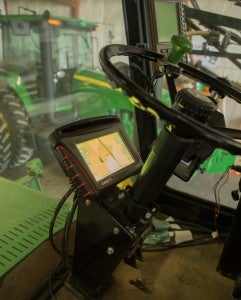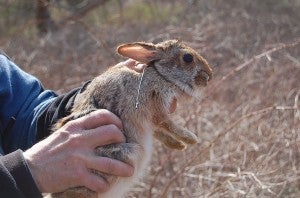
Suzy Friedman, Director of Agricultural Sustainability at EDF
I’ve been working to promote and implement sustainable agriculture practices for nearly 15 years. But the last two years have seen more action and momentum in this space than in all of the previous 13 years combined – and I’m more enthusiastic than ever.
Let me be clear – we still have a long way to go. As a USDA report released at the Paris climate talks noted, warming temperatures pose a significant threat to agriculture and food security across the globe. And, despite technological advancements, the multimillion-dollar question of how we’re going to measure and quantify sustainable agriculture remains.
But a new progress report from the White House Council on Environmental Quality (CEQ), also released last week in Paris, reaffirms my optimism and excitement. We’re headed in the right direction, and sustainable agriculture is on its way to becoming the norm. Here’s why. Read More







